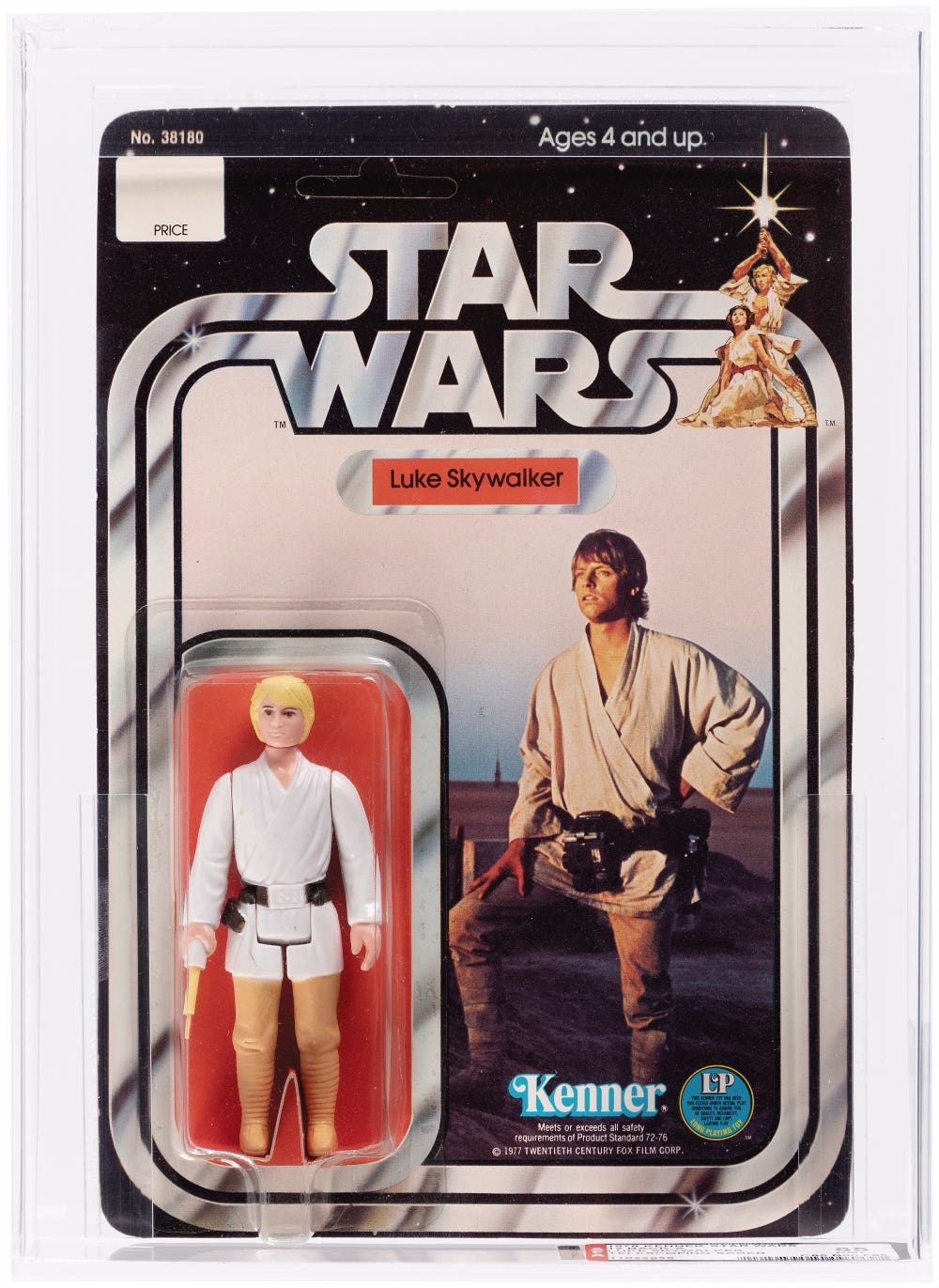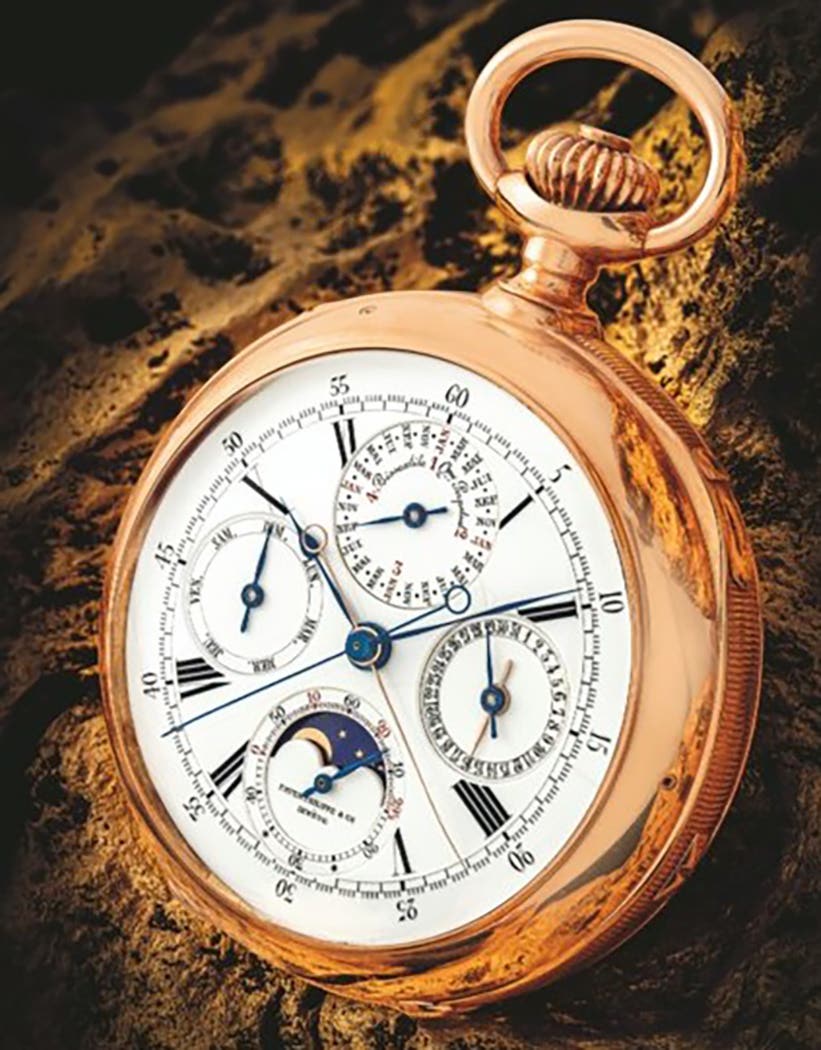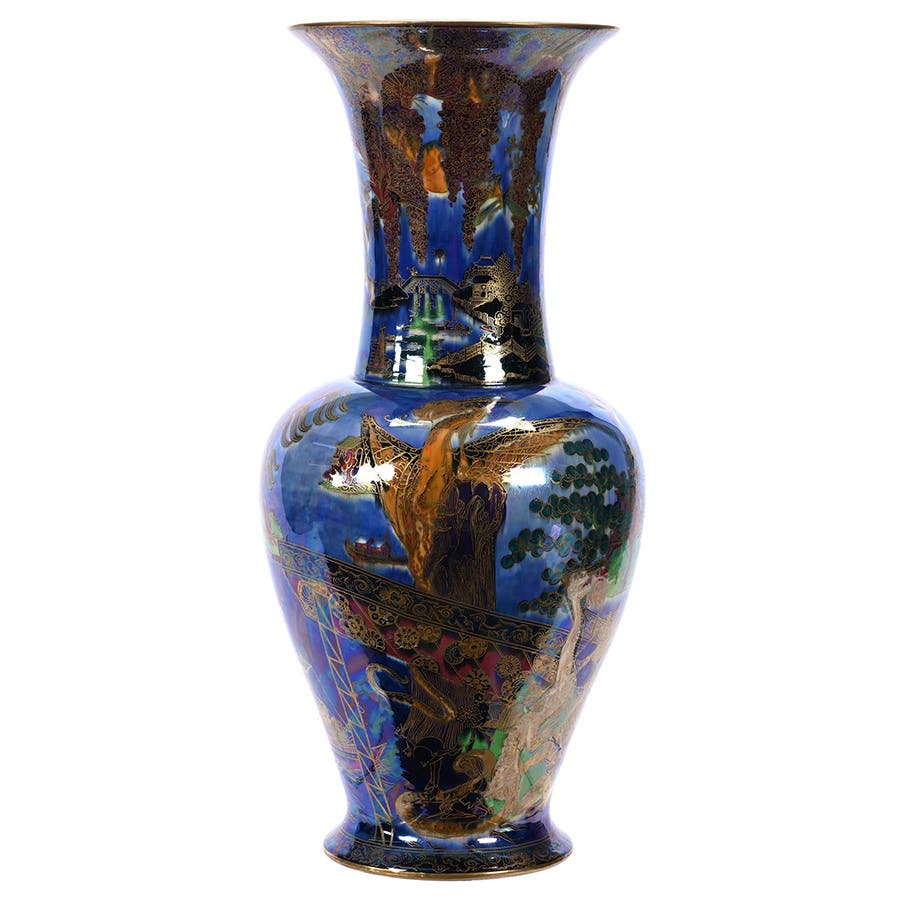Buttons They Stand Behind
From the rarest of the rare to everybody’s favorite cartoon beagle, pin-back button experts and authors Ted Hake and Christen Carter share some of their favorite buttons.
TED HAKE has been a collector since he was eight and a button dealer since the age of eighteen. In 1967, he founded Hake’s Auctions, America’s first auction house specializing in pop-culture artifacts. He has written seventeen collector guides spanning presidential campaign items, vintage Disneyana and comic character toys. For decades, Ted helped children’s author Maurice Sendak build his 1930s-era Mickey Mouse collection. Ted has received the American Political Items Collectors Lifetime Achievement Award and is a member of the Theodore Roosevelt Association Advisory Board.
CHRISTEN CARTER has been a fan of buttons since she was twelve, when they were one of the few items cheap enough for her to buy with her own money. She loves how buttons are distilled graphic representations of thoughts that are meant to be shared. Christen founded the Chicago-based Busy Beaver Button Company in 1995 and has produced more than fifty million buttons for bands, artists, political campaigns and others. In 2010, she started the Button Museum, a nonprofit institution with an educational mission to explore U.S. history through pin-back buttons.
The authors of Button Power: 125 Years of Saying It with Buttons, Ted and Christen share a few of their favorite buttons.
The Holy Grail: Any undamaged button from the 1920 presidential campaign picturing the Democratic nominees of James M. Cox for president and a young Franklin D. Roosevelt for vice president is valuable, with auction records in excess of $10,000. While there are several varieties of buttons, it is the elusive 1-1/4-inch variety that is considered the “Holy Grail” of all buttons, with value estimates north of $100,000. Why so much? The Democratic Party was pretty broke in 1920. Button makers produced a few sample designs (known as jugates when both candidates are shown), but because of the slightly greater cost of the two-photo button compared to a simple name or slogan button, few local party organizations placed orders, and those placed were small. Hake’s Auctions recently sold a 7/8-inch version of the Cox/FDR jugate for $35,695. While there have been a couple of private transactions of the larger version, the ‘Holy Grail’ button has never come to auction, Hake says. “We don’t know where the dust would settle if it would.”
Ted: Patented in 1861, Cahoon’s Seed Sower claimed to allow the user to distribute seeds throughout four to eight acres in an hour, walking at a normal pace. The device was strapped to the chest and operated by a hand crank. This superbly designed button depicts a gentleman farmer in his field, with tiny broken lines representing flying seeds spiraling in all directions. Based on the button’s inscription, “50 Years of Success,” this Bastian Brothers-designed button was issued for the device’s fiftieth anniversary in 1911.
Christen: When I was twelve, my family went to London for vacation. It was a big deal, and I had saved a little babysitting money to get souvenirs and gifts. I really loved Woodstock, maybe even a little more than Snoopy, so I was thrilled to find this button – a bright holographic button with Snoopy unicycling and juggling! It made me part of an unofficial club of Peanuts enthusiasts. I really like how the makers of this button took the extra effort to add the smallest dot of yellow for Woodstock. They could have used the same yellow as the background but went the extra distance to give him an extra spot of his own color.
Ted: Maurice Sendak gave me this unique hand-drawn button around 1985, while I was visiting his Connecticut home to show him early-1930s Mickey Mouse collectibles, one of his diverse collecting passions. He told me that in 1983 he had attended a conference where his hosts offered to make a button for his personal use during the event. He drew the art on the spot, and thanks to the Badge-A-Minit amateur button-making machine popular in that decade, presto – a pretty special button.
Christen: This X button is the first punk band button I ever bought. One of my brothers was (and still very much is) a guitar fanatic, so we’d go to the House of Guitars in Rochester, New York. The basement was full of records and organized in all sorts of confusing ways, so it was easy to spend a lot of time there. After looking through records, I would examine the rotating kiosk of buttons at the cash register, which featured various types of buttons: heavy metal, pop, punk rock, and funny sayings. I bought this one and wore it so proudly, hoping I’d find people who liked the same music I did and maybe wanting a few coolness points to rub off of X, onto me.
Festival of the Sea: Enticing advertising for the September 1908 Long Beach Festival of the Sea was matched by this stunning 2-1/8-inch button produced by Bastian Brothers. A scallop shell provides the backdrop for a lovely mermaid fussing with her hair as she poses above blue ocean water accompanied by sea snakes forming the lettering. While the button’s design appears fanciful, it represents an actual performance at the festival, according to the Los Angeles Herald, involving a “delicately colored seashell, rimmed with incandescents and banked with flowers and palms, which rears itself high above the surf,” as well as a fairy who “accomplishes the transformation of the ‘mermaid queen’ into the queen of the Festival of the Sea.”
World Record: The oversize 6-inch button depicting the 1916 World Series Champion Boston Red Sox set a new world auction record for any pin-back when it sold in September for $62,980 at Hake’s Auction. What makes the button so special is not only the fact that it’s the only 1916 World Series Championship button known to exist, with graphics depicting and identifying the manager and 24 teammates from the winning Red Sox team, but that it includes a 21-year-old Babe Ruth, who was then a budding young pitching and hitting star. In a stunning move, the Red Sox traded Ruth to the New York Yankees in 1919 for $25,000. Ruth, of course, went on to become arguably the greatest player in baseball history. The advertising message on the pin-back encourages people to “Drink Alpen Brau – Detroit’s Champion Beer.” Why a Detroit beer would salute the 1916 Red Sox is a mystery even Hake doesn’t know the answer to.
Ted: My first Hake’s Americana & Collectibles advertising button was ordered from cartoonist and underground comix publisher Denis Kitchen. In 1975, he tasked his Cartoon Factory stalwart artist Peter Poplaski (later known for his Superman comic book covers and work on Spider-Man) with the project.
Ted: In 2014, when I launched my personal website (tedhake.com), Busy Beaver Button Company’s Christen Carter suggested and Abbey Hambright designed this modern version of me wearing my 1975 button.
For more on Ted and Christen, check out this review of their book "Button Power: 125 Years of Saying It with Buttons."
For more button fun, check out Celebrating Pin-Back Buttons.
Paul Kennedy is Editorial Director of the Collectibles Group at AIM Media. He enjoys Mid-century design, photography, vintage movie posters and people with a good story to share. Kennedy has more than twenty-five years of experience in the antiques and collectibles field, including book publishing. Reach him at PKennedy@aimmedia.com.








